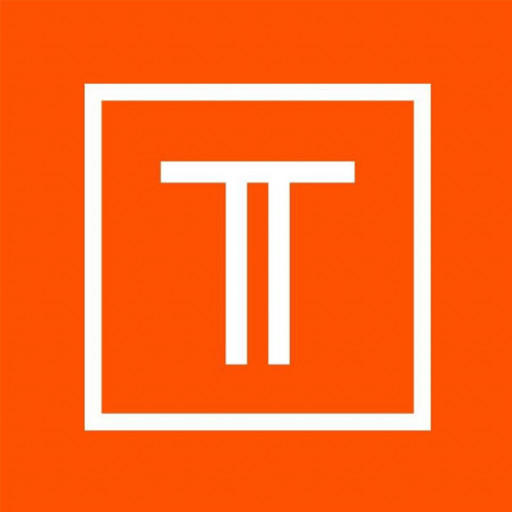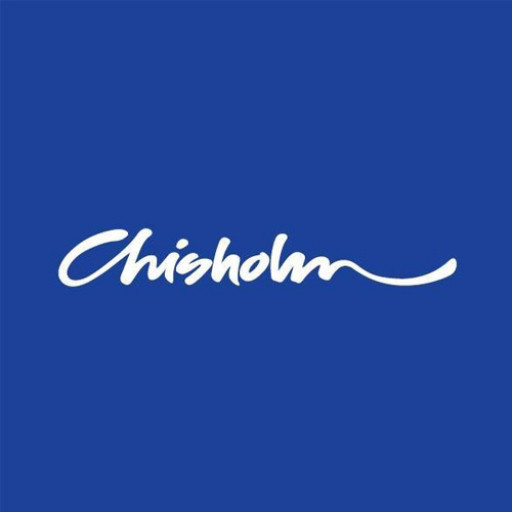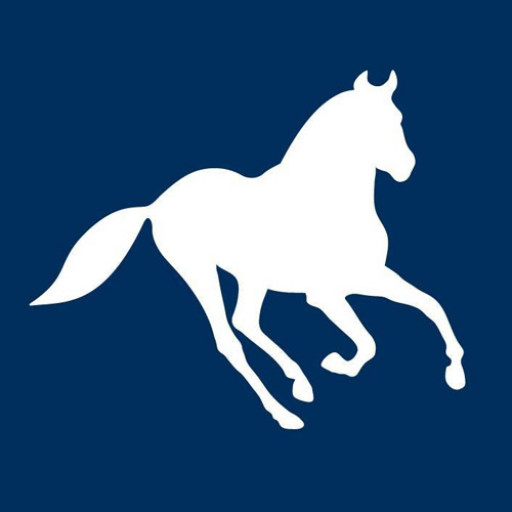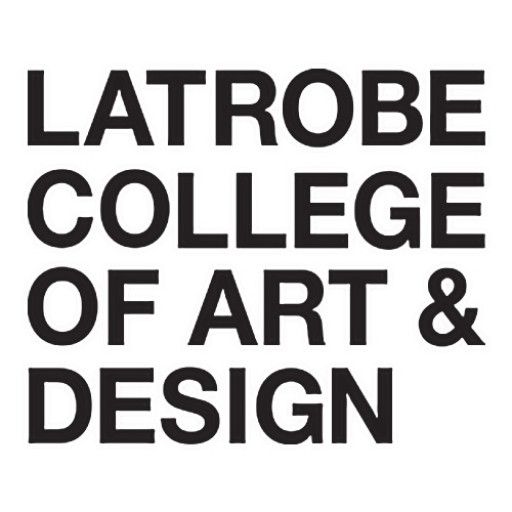This qualification reflects the role of people who've highly specialised technical, creative and technical skills in visual communication to conceive, negotiate and perceive layout solutions.Practice at this level is underpinned by the use of communicating and design history and theory and also the capability to critically analyse and synthesise information from a range of sources. High level communication, organisational and project management skills will also be required.Practitioners can work in many different community and commercial contexts across the print and digital media. Licensing/Regulatory Information No certification, legislative or certificate requirements affect the qualification at that time of publication.
The Graphic Design program at Gordon Geelong Institute of TAFE offers a comprehensive curriculum designed to equip students with the essential skills and knowledge required for a successful career in the dynamic field of visual communication. Throughout the course, students will explore the fundamental principles of design, including composition, color theory, typography, and layout techniques, enabling them to create visually compelling and effective design solutions. The program emphasizes practical skill development through hands-on projects using industry-standard software such as Adobe Photoshop, Illustrator, and InDesign, ensuring students are proficient in the tools commonly used in professional environments.
Students will engage in a variety of creative exercises and real-world projects, ranging from branding and logo design to digital media production and print advertising. The coursework also covers the history and evolution of graphic design, providing students with a contextual understanding of current trends and future directions in the industry. As part of their learning, students will develop a professional portfolio that showcases their ability to conceptualize and execute innovative design ideas.
In addition to technical skills, the program focuses on critical thinking, problem-solving, and effective communication—key attributes for successful graphic designers. The course encourages collaboration and teamwork through group projects, preparing students for the collaborative nature of the creative industry. Throughout the program, students will have access to workshops, industry guest lectures, and internship opportunities, fostering meaningful connections with professionals and enhancing employability upon graduation.
Graduates of the Graphic Design program will be well-prepared to pursue careers as graphic designers, visual communicators, digital media specialists, or to undertake further studies in related fields. The program’s emphasis on both creative and technical proficiency ensures that students are equipped to meet the evolving demands of the graphic design industry and to contribute innovative solutions to visual communication challenges.
To enter this qualification, individuals must offer evidence of their ability to:employ visual communication background and theory to have expert practiceproduce professional typographyproduce graphic designs for three-dimensional and three dimensional software create and manipulate images and design complex novel designs Skills and knowledge may have been acquired through graphicdesign work experience or through formal analysis.
The Graphic Design program at Gordon Geelong Institute of TAFE offers a range of financial options to support students throughout their studies. Tuition fees vary depending on the student’s residency status, previous qualifications, and the specific delivery mode of the course. Domestic students may be eligible for government-subsidized training, which can significantly reduce overall costs. For example, students enrolled as Australian residents often pay a lower tuition fee compared to international students, who are responsible for full fee payments.
Students may access VET Student Loans, a Commonwealth government loan scheme designed to assist eligible students in covering tuition fees for Certificate IV and diploma-level courses, including Graphic Design. To qualify, students must meet specific criteria, including current citizenship or residency status and the course being listed on the government’s official eligibility list. The loan can cover up to the full cost of tuition, with the student responsible for upfront fees and potential loan fees.
In addition to government funding, students have access to a range of scholarships and financial assistance programs provided by the institute or external organizations. These scholarships are often awarded based on academic merit, financial need, or specific criteria such as Indigenous status or regional origin. Students may also secure personal financing through private loans or seek support from family or other financial institutions.
The institute encourages prospective students to consult with its Student Services team for personalized financial planning and to receive detailed information about current fees, eligibility for financial assistance, and application procedures for scholarships or government funding programs. Payment plans and flexible billing options are often available to help manage tuition costs over the duration of the course. Additionally, students should consider costs associated with learning materials, software, equipment, and other supplies necessary for successful completion of the program, as these are not typically included in tuition fees. Overall, the institute aims to provide transparent, accessible financial options to enable a broad range of students to pursue their education in Graphic Design and develop their professional skills without undue financial hardship.
Graphic Design courses at Gordon Geelong Institute of TAFE offer students comprehensive training in visual communication, enabling them to develop creative and technical skills necessary for a successful career in the design industry. The program covers a wide range of topics including typography, digital imaging, branding, advertising, illustration, and user interface design. Emphasizing hands-on learning, students engage with industry-standard software such as Adobe Photoshop, Illustrator, and InDesign, allowing them to produce professional-quality work suitable for a variety of media formats.
Throughout the course, learners gain a deep understanding of design principles, color theory, layout, and composition, fostering their ability to create compelling visual messages. The curriculum also includes practical projects, group work, and real-world briefs that prepare students for employment by simulating professional environments. Additionally, students have access to studio spaces and facilities equipped with modern technology, supporting the development of their technical skills and creative expression.
The program at Gordon Geelong Institute of TAFE is designed to cater to both beginners and those seeking to improve their existing skills. It often includes opportunities for industry placements, internships, or collaborations with local businesses, providing valuable networking opportunities and insight into the industry’s demands. Graduates of the program are well-equipped to pursue careers in graphic design agencies, advertising firms, publishing houses, or to start their own freelance design businesses.
The coursework emphasizes not only creativity but also project management, client communication, and presenting ideas professionally. As part of their development, students learn about the importance of ethical design practices and sustainable approaches. The program typically spans one or two years, resulting in a diploma or certificate qualification that is recognized within the industry.
Whether aiming to work as a visual artist, brand designer, or multimedia specialist, students leaving the course at Gordon Geelong Institute of TAFE will have built a strong foundation in both traditional and digital aspects of graphic design. This prepares them to adapt to technological advances and evolving industry trends, making them competitive and innovative designers in the dynamic world of visual communication.








